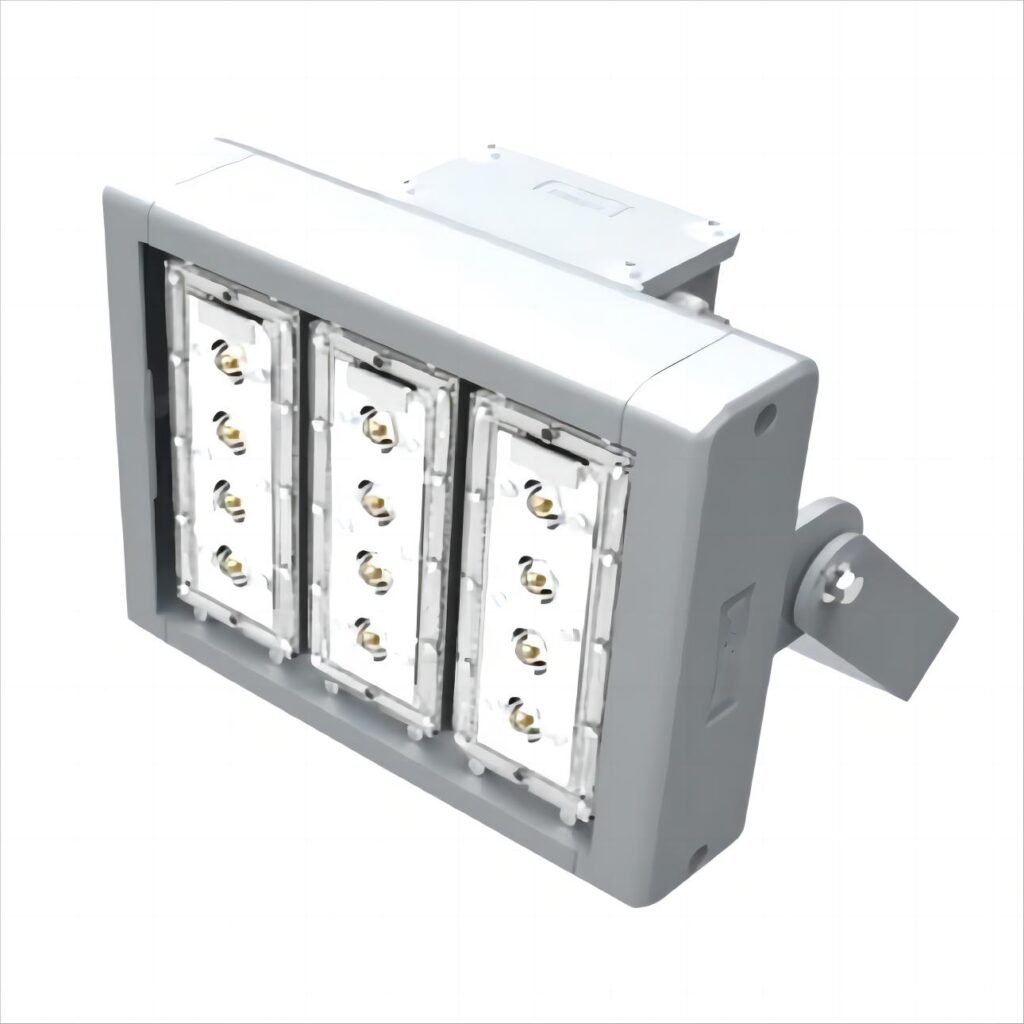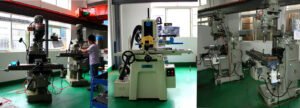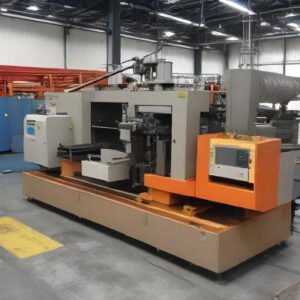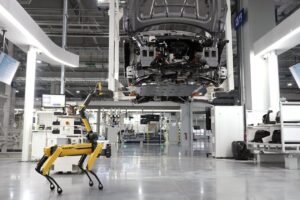1. Product Overview
The PC cover product is the outer cover of a unit lamp on an LED lighting lamp. An LED lighting is composed of three groups (or five groups of small unit lights, choose according to your needs. LED lighting is widely used in tunnels, squares, stations, docks and other places. In addition, the lamp body has a novel appearance design, bringing state-of-the-art lighting to the city. Beautiful scenery. Since LED is a sunrise industry supported by the state, it has energy-saving and low-carbon concepts and is an industry with great development potential.

The PC cover of the LED lighting lamp cover is made of engineering plastic polycarbonate. It is the appearance part of the entire lamp product. The thickness is 2mm and the light transmittance cannot be less than 88}. It can be used outdoors for 30,000 hours (nearly three years). The light transmittance cannot be less than 85 after half time), and has good temperature resistance (-40 to 1000 C), acid resistance, and weather resistance. It will not yellow after being outdoors for 30,000 hours. The surface of the product must not have shrinkage, air marks, or silver threads. , defects such as whitening, halo, vibration lines and deformation, which are very demanding.
The LED lighting is installed naked on the pole. It has experienced wind and rain, high temperature and acid rain, etc. The environment is quite harsh. We consider coating the injection molded product parts after annealing. The specific coating is hard coating and weather-resistant coating. membrane.
2. Material selection
The PC cover of the LED lighting lamp outer cover is made of transparent polycarbonate PC material. Polycarbonate is a thermoplastic resin containing one [CO-R-O-CO= chain link in the sub-main chain. According to the ester group in the molecular structure They can be divided into aliphatic, alicyclic, and aliphatic-aromatic types. Among them, aromatic polycarbonate has practical value, and bisphenol A polycarbonate is the most important. Due to its excellent mechanical properties, polycarbonate is commonly known as bulletproof glue. PC has the characteristics of high mechanical strength, wide operating temperature range (-100-1300 C), good electrical insulation performance (but the arc protection performance remains unchanged), good dimensional stability, and good transparency. It is widely used in instrument parts and lamps. shell.
Based on the product requirements, we selected Teijin PC: polycarbonate PanltieL-12252 (1 OOK) and standard specification (ice color) materials for production.
The color of the material has a blue tint (ice color), and the material is UV-stabilized for outdoor weather resistance, which can meet product requirements.
3 Equipment selection
The injection mold has one out of two, and the center side gate feeds the material.
The formula for calculating the clamping force is:
F0 ≥ F=P module A minute Xl 00
F0 – Nominal clamping force of the injection machine
P mold—average pressure in the mold (average melt pressure in the cavity MPa)
A point – the sum of the projected areas of injection molded products, runners and gates on the parting surface (cm2)
F—The force generated by the injection pressure in the cavity (N)
According to the average pressure in the mold of medium viscosity plastic and precision required products of P mold, the average pressure is 34.3 (MPa). The size of the injection molded product in the average pressure test in the mold is (length 80% is 27.36 (MPa) A points = (projected area of product * 2) + projected area of gate, runner, etc. = (256 * 2) + 65 = 577 (cm2)
F=P mold A points*100=27.36(MPa)X577(cm2)X*100=1578672(N)=1578(kN)
Select Haitian injection molding machine model: SA1600/540 Screw model: B-D45 screw diameter} 45mm mold clamping force 1600 (kN) injection molding capacity 320cm3. It can fully meet the product injection molding processing requirements.
Mold temperature machine: We choose an oil temperature machine to adjust the temperature to a maximum of 150-1600 C to ensure the adjustment of the injection molding process.
Multi-purpose drying oven: DG Ding 202BN has an effective space of 1100*1500*1600 (mm) and is used for annealing.
4 process design
4.1 Drying of raw materials
PC will absorb a certain amount of moisture at room temperature. If it is used directly for molding, it will seriously affect the quality of the product. Therefore, drying treatment is required before PC injection molding. The general drying temperature is about 110-1200 C, and the drying time is usually 6-8h}3′. For the stability of drying, we choose a hot air bucket dryer fixed on the injection molding machine, and expand the dryer by adding a vacuum suction machine on the top of the dryer to reduce the labor intensity of employees and reduce unnecessary work during feeding. To prevent pollution, a heating circulation filter is installed at the air inlet of the dryer to prevent external dust from entering the dryer, which plays an energy-saving role in hot air purification and heat preservation. It is equivalent to a hot air circulating air dryer with better drying effect. Use a bucket dryer with a large capacity (about 200kg) to facilitate continuous production needs. If the PC is dry and qualified, two pieces of carrier glass can be heated on a hot plate at 2700 C for 1-2 minutes. Sandwich 3-4 dried pellets between the two pieces of carrier glass and gently pressurize the particles to flatten them. If the melt has no bubbles, it is qualified.
4.3 Other parameter settings
4.3.1. The barrel temperature is an important process parameter for injection molding. The melt viscosity of PC is high and the fluidity is poor. The melt viscosity of PC is sensitive to temperature changes. At low shear rates, the temperature drops by 10°C. The viscosity increases by an average of 1.04 times. It can be seen that the higher the temperature, the freer the molecular chain movement, the higher the viscosity/l, and the better the flow, which is beneficial to product molding and reducing internal stress. Generally, as the material temperature increases, the melt density decreases, the pressure drop in the barrel, nozzle and mold pouring system decreases, and the flow length of the plastic in the mold increases, thus improving the molding performance. However, if the temperature is too high, it will cause the plastic to decompose and affect its mechanical properties. We chose the nozzle temperature of 265℃; the first stage is 290℃; the second stage is 285℃; the third stage is 275℃; the fourth stage is 255℃, which is more beneficial to product molding.
4.3.2. Injection pressure and injection rate are also one of the important process parameters. Injection pressure has a great impact on the injection process and product quality. The melt viscosity of PC does not change significantly with the increase of pressure and shear rate. The melt viscosity of PC is mostly due to the high viscosity of polymers and high glass transition temperature. The use of higher injection molding pressure in production is beneficial to increase the density of the product and reduce shrinkage. Improve the machine pressure of the product by 60; holding pressure two, 55; holding pressure three, 40 (MPa); speed one, 35; speed two, 30; speed three, 20 (shown in the table); holding pressure time is 4.5 seconds. However, since the internal stress in the product also increases with the increase of injection pressure, products injection molded with higher pressure should be annealed to eliminate the internal stress of the product. The injection rate will affect the mechanical properties of the product. When molding PC plastic parts, the injection rate should be slower. If the rate is too high, melt rupture will easily occur. Fogging and burning spots will occur at the gate. Plastic parts will be damaged due to poor exhaust. Burning will affect the appearance and mechanical performance of the product. Generally, slow injection molding is performed first, and the injection speed is adjusted according to the molding conditions of the product. The injection molding pressure was selected: pressure one 1, pressure two 135, pressure three 1, pressure four 70 (unit Mpa); injection rate: speed one 70, speed two 96, speed three 85, speed four 65 (unit mm/s) .
4.3.3. Holding pressure and time: The function of holding pressure is to compensate for the volume shrinkage of the molten material in the mold cavity during the cooling process. The level of holding pressure is related to the quality requirements of the final product, including dimensional stability, low stress and surface requirements. The smaller the holding pressure value, the better. The holding pressure should be maintained until the gate solidifies (to prevent backflow of molten material when the pressure is removed). The holding time is set to the gate solidification (sealing) time or the finished product solidification time, whichever is shorter. We choose the holding pressure one 60; the holding pressure two 55; the holding pressure three 40 (Mpa); the speed one 35; the speed two 30; the speed three 20 (shown in the table); the holding time is 4.5 seconds.
4.3.4. The plasticizing capacity (back pressure) controls the screw retreat speed, that is, the feed speed. When the back pressure is small, the screw retreats quickly, resulting in insufficient feed. More air is brought into the material and it is too late to be discharged from the feed port, causing bubbles and affecting the mechanical strength. When the back pressure is high, the screw rotation causes the shear heat to rise. The melt is heated in the barrel for a long time, and the product is prone to yellowing, resulting in a decrease in mechanical strength. We chose the back pressure at 11-16 (unit: MPa).
4.3.5. Mold temperature: After the plastic is filled, it cools and hardens in the mold cavity to obtain the desired shape. The mold temperature affects the flow behavior of the melt during mold filling and affects the performance of the plastic products. Mold temperature actually determines the cooling rate of the melt. When PC is injected into the mold cavity, the more central the cooling rate is, the faster the temperature of the plastic melt drops. The melt gap increases and the flow becomes difficult, resulting in increased pressure loss, many defects such as weld marks, and in severe cases, insufficient mold filling. As the mold temperature increases, the melt fluidity increases and the required filling capacity increases.
4.3.6. Cooling time: The cooling time of the product depends largely on the mold surface temperature, and the most effective factors affecting cooling are the product thickness and mold temperature. The melt has less influence on the cooling time. Due to assembly requirements, PC cover products have a flat bottom surface to ensure good air tightness after assembly. There are 14-3.4 holes and 2-2.5 positioning posts that fit well with the assembly of related parts. In addition, the mold temperature is high, which makes the cooling time longer. . After many verifications, it was determined to be 45%, which is much longer than the conventional cooling time (30-35 seconds).
4.3.7. Product annealing: The product is cooled in the furnace at 1200 C for 4 hours. After annealing, it is placed in carbon tetrachloride solution and immersed for inspection. There is no crack within one minute, indicating that the product has eliminated internal stress. After passing the inspection, apply a protective film to the outer surface of the coating, put it in a plastic bag, and seal it in a box to prevent the product from absorbing dust and wrap it with coating.
4.3.8. Note: When making transparent products, the production must be continuous. If there is a short pause, the material at the front end of the barrel should be squeezed out. Otherwise, there will be yellowing. Because the material stays at high temperature for too long, the material will degrade. quality, releases COZ and turns yellow; it is not allowed to use release agents, because release agents are not conducive to coating; the environment at the production site must be kept clean, and products with strong dust collection capabilities for molded products should be placed in plastic bags. Sealed packaging in boxes; coated products must pass adhesion, wear resistance, temperature resistance and other tests, and can only leave the factory after passing the inspection.








